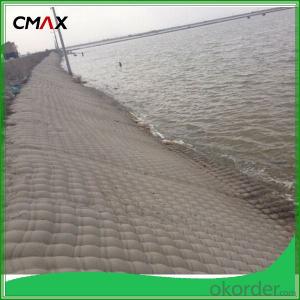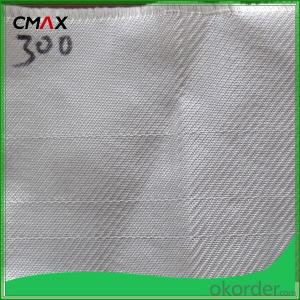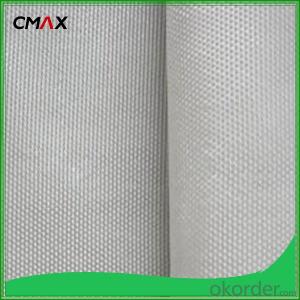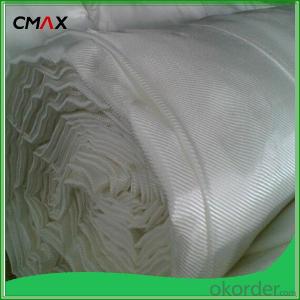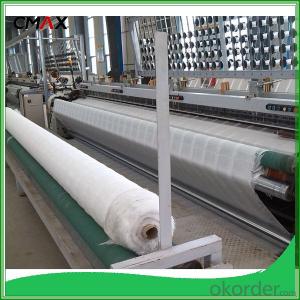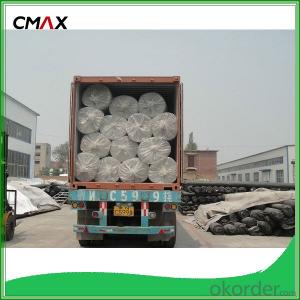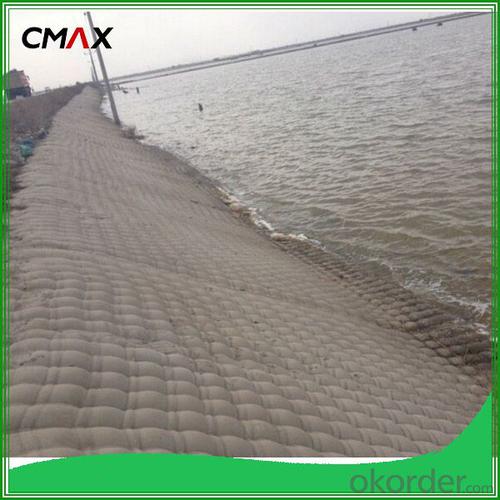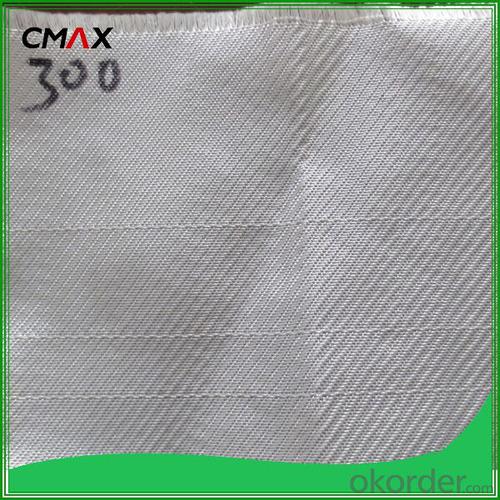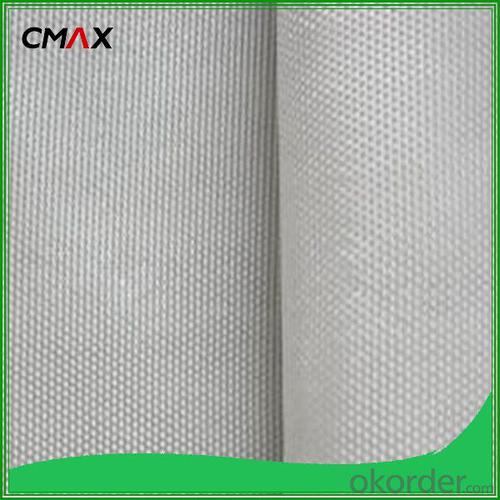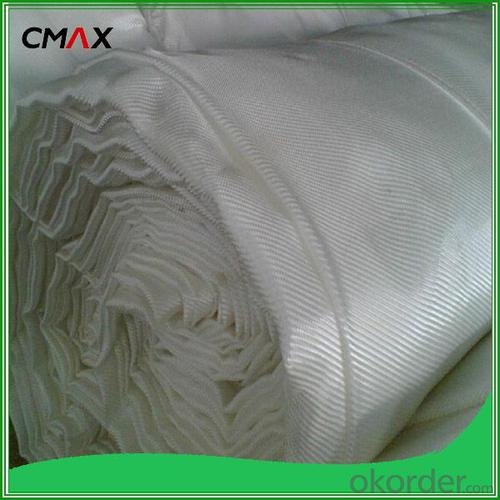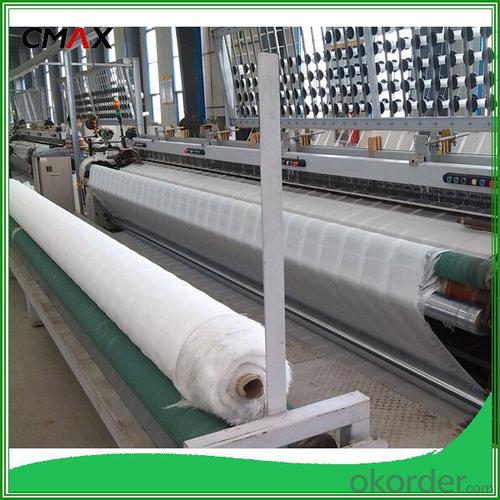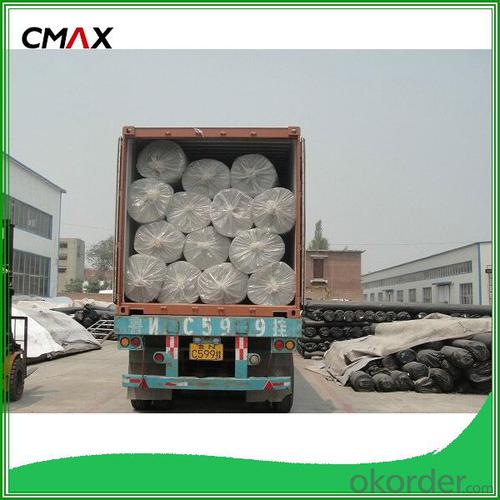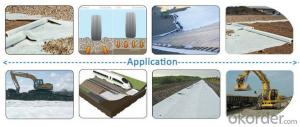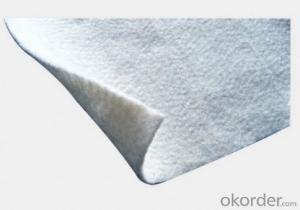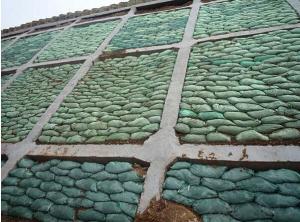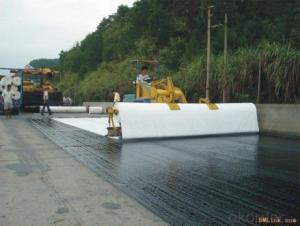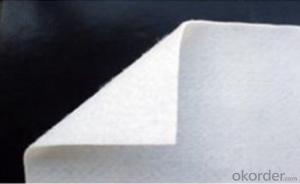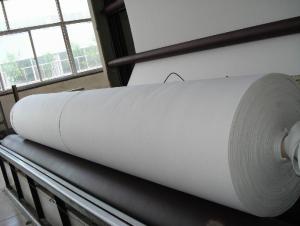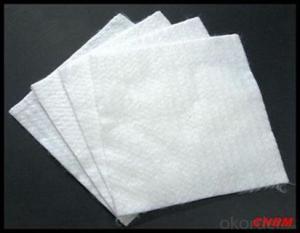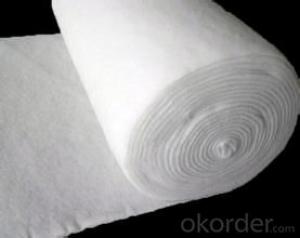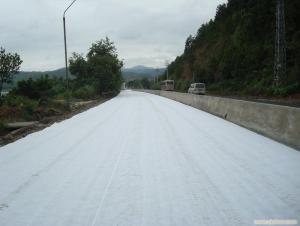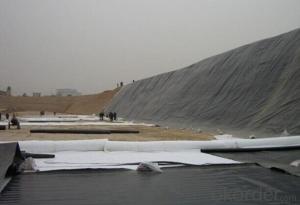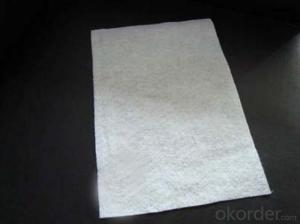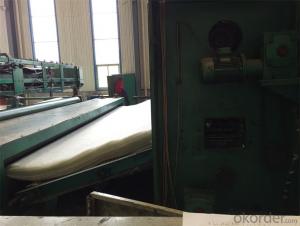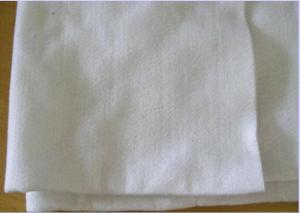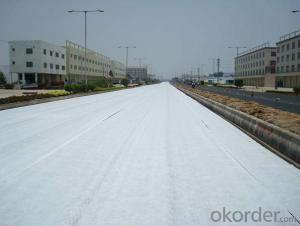Filament Woven Geotextile in Dykes and Dams
- Loading Port:
- Wenzhou
- Payment Terms:
- TT OR LC
- Min Order Qty:
- 50 roll
- Supply Capability:
- 20000 roll/month
OKorder Service Pledge
OKorder Financial Service
You Might Also Like
Filament Woven Geotextile in Dykes and Dams
Desciriptions:
PP Woven Geotextile Professioal Waterproof Geotextiles. A woven geotextiles is an economical solution for any civil engineering applications. It separates, stabilizes, and reinforces soils and allos allows for filtration. Woven geotextiles are manufactured by extruding polypropylene film and then slitting the film into individual yarns which are then woven to form the geotextiles.
Specifications and Technical datas:
| Weight / Mass | 100gsm - 800gsm |
| width | Within 8 m |
| longth | 50-100m/roll (at request) |
| Material | PP / PET |
| Color | Black , white , grey |
| Certification | CE/ISO9001 |
| Manufacturing method | nonwoven / woven |
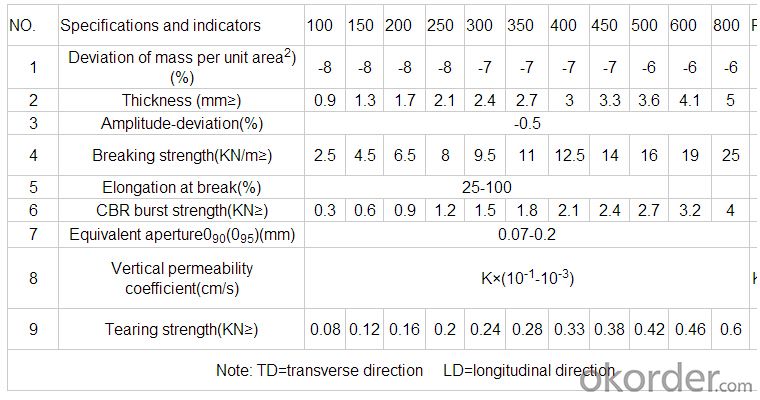
Characteristics:
Easy process and high output rates
Excellent distribution of carbon black
Consistent quality and low failure rate
Excellent resistance and good waterproof ability
Good welding
Details of our products:
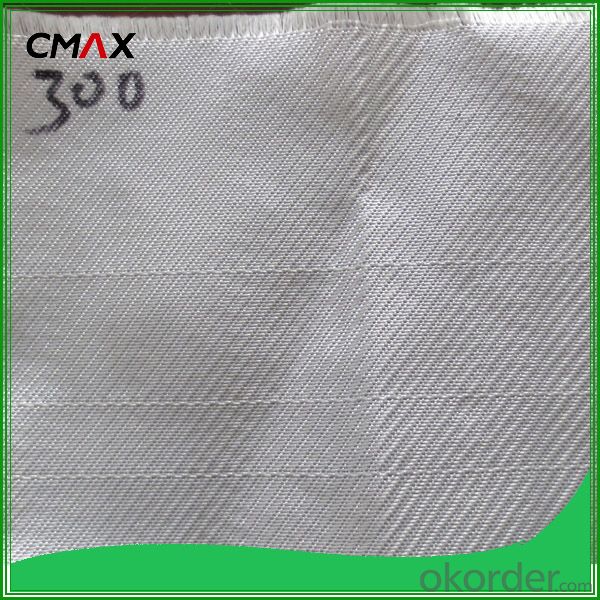
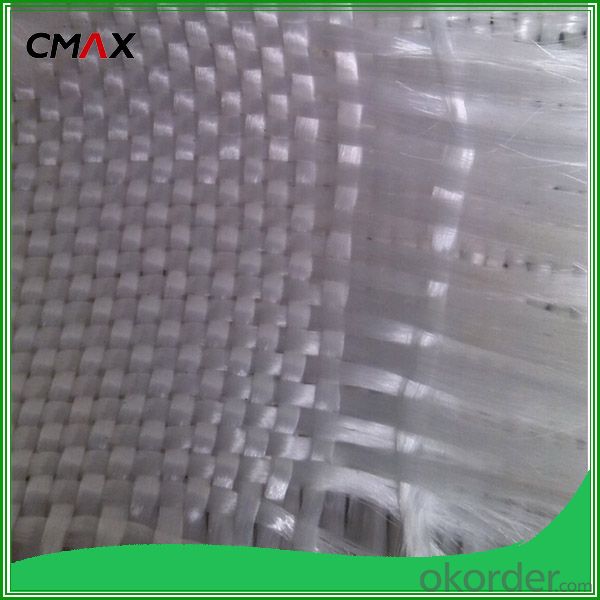
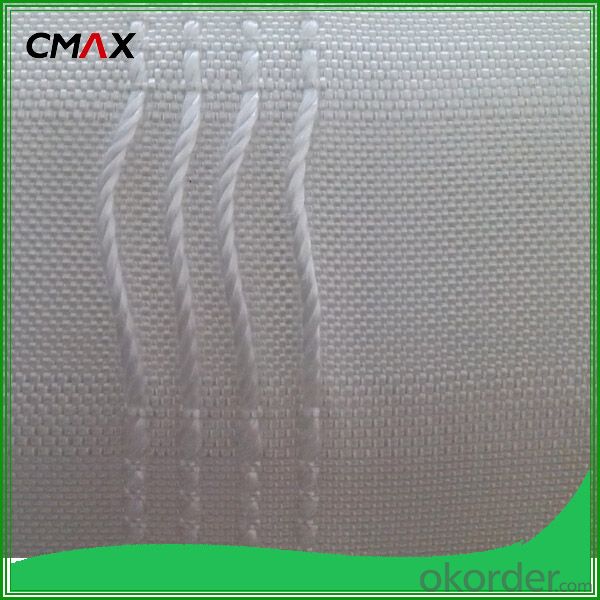
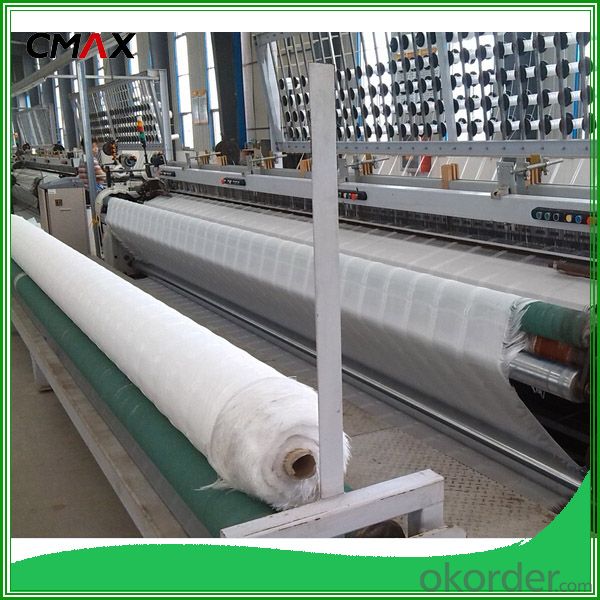
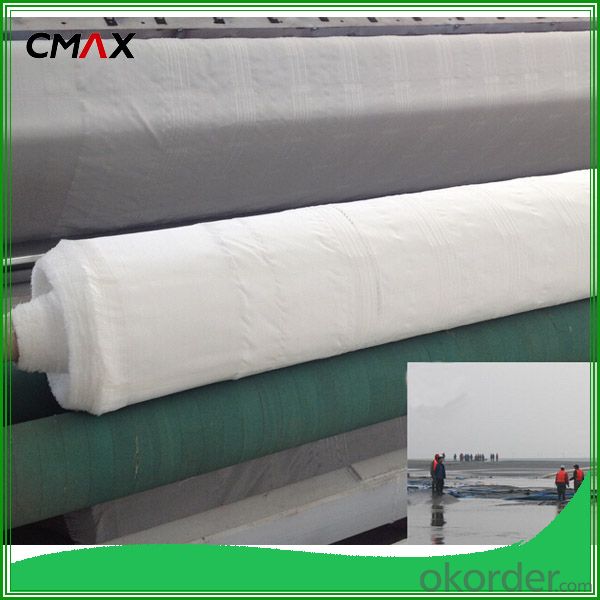
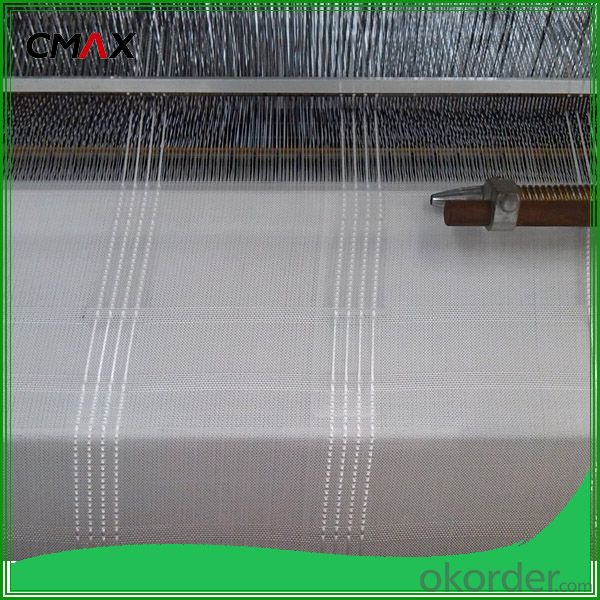
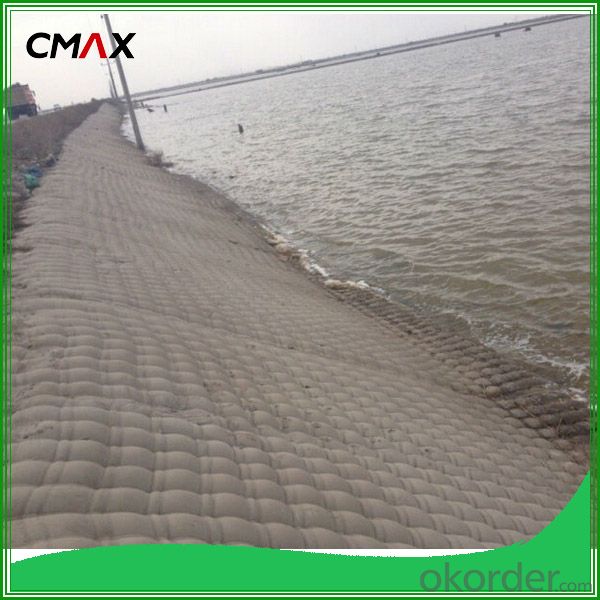
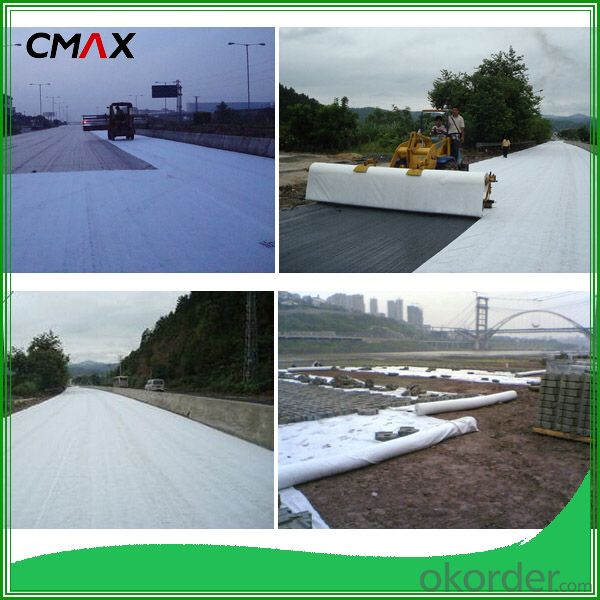
Produce process:
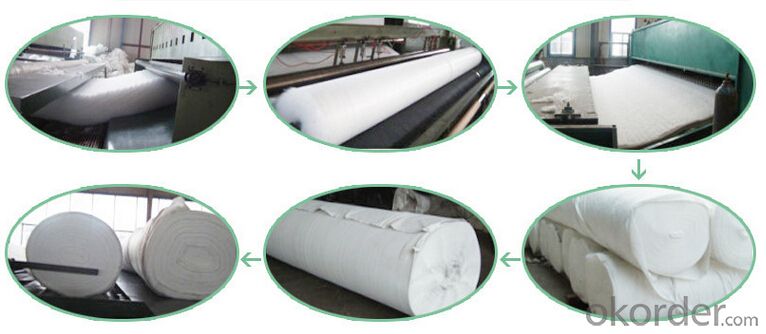
Applications:
1) Filtration :
The filtration layer of the dykes, river canal, seacoast, concrete slope, retaining walls. At the same time of preventing the clay granule from passing, it allows the water and the gas pass through freely.
2) Separation :
The isolation of the railway dregs and the roadbed, roadbed and the soft base, surface of the airdrome and parking lot and the groundsill, different dam materials. It isolates the soil and the gravel of two kinds different granule pathway from the groundsill or other buildings.
3) Adding muscle :
The highway, railway, soil-stone dam, breakwater, airport, backfill soil of retaining wall, slope protection, etc in which distributes the earth stress, prevents the side-displacement of the earth body and improves the earth body stability.
4) Protection :
It prevents the bank from being washed out, protects the bank and the bottom, prevents the water and soil from being washed away.
Packing and shipping:
1. The outer package: black or white woven geotextile.or we can make the package as your requst.
2. Different tgram/ roll size for different qty in the same containers.
3. Roll size: 3.95m*200 for container
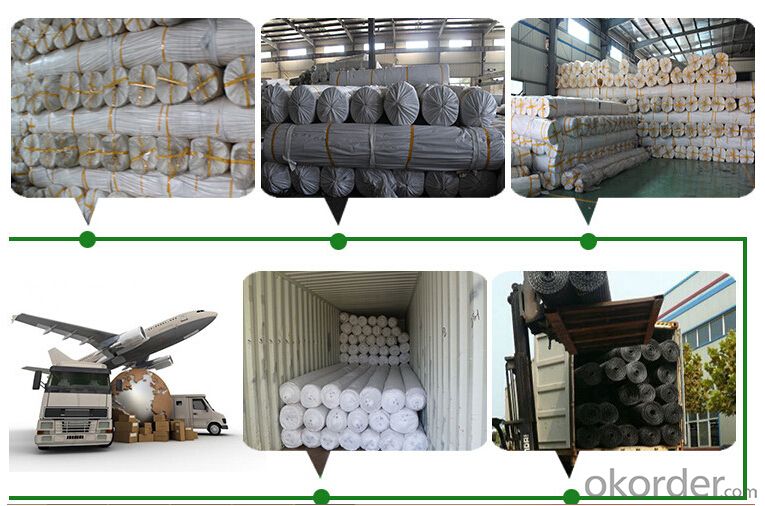
FAQ:
Q1: What is your minimum order quantity?
A:The minimum order quantity is 5000 ,but it is negotiable.
Q2:What is your payment terms?
A: T/T,Western Union,Paypal,L/C...
HDPE Geomembrane Price
Q3:What is your delivery time?
A:Production time usually costs 2-20 days.
Waiting to cooperate with you!
- Q: What are the factors affecting the selection of geotextiles?
- The factors affecting the selection of geotextiles include the specific application or project requirements, such as the desired strength, durability, and permeability of the geotextile. Other factors include the site conditions, including soil type, slope stability, and water conditions. Additionally, the cost, availability, and environmental considerations of the geotextile should also be taken into account during the selection process.
- Q: How do geotextiles help in the construction of ponds and lakes?
- Geotextiles help in the construction of ponds and lakes by providing erosion control, filtration, and separation. They are used as a barrier to prevent soil erosion, stabilize the embankments, and retain water within the pond or lake. Geotextiles also act as a filtration medium, preventing the migration of fine particles and allowing water to flow freely. Additionally, they help in separating different layers of soil, preventing mixing and maintaining the structural integrity of the pond or lake.
- Q: Can geotextiles be used for slope stabilization?
- Yes, geotextiles can be used for slope stabilization. Geotextiles are commonly used in civil engineering to reinforce and stabilize slopes by providing strength and erosion control. They can be applied as a separating layer, a reinforcement layer, or a combination of both, depending on the specific requirements of the slope.
- Q: 300 grams of geotextile how much money a square meter
- Geotextile, also known as geotextile, it is made of synthetic fiber through acupuncture or woven from the permeability of geosynthetics. Geotextile is a new material geosynthetics which one, the finished product for the cloth, the general width of 4-6 meters, the length of 50-100 meters. Geotextile is divided into a spinning geotextile and non-woven filament geotextile. Ordinary about 2.00 friends
- Q: What are the different geotextile durability test methods?
- There are various geotextile durability test methods including accelerated aging tests, puncture resistance tests, tensile strength tests, and exposure to environmental conditions such as UV radiation and chemical exposure. These tests help assess the long-term performance and durability of geotextiles in different applications.
- Q: What are the challenges associated with geotextile installation?
- One of the main challenges associated with geotextile installation is ensuring proper alignment and placement of the material. Geotextiles need to be installed in a specific manner to effectively perform their intended functions, such as erosion control or soil stabilization. Achieving the right alignment can be difficult, especially in areas with uneven terrain or limited access. Another challenge is securing the geotextile in place. Since these materials are often lightweight and flexible, they can easily shift or become displaced during installation. Proper anchoring techniques, such as using staples or pins, are necessary to prevent movement and maintain the integrity of the installation. In addition, the type and condition of the underlying soil can pose challenges. Geotextiles require a stable and well-compacted base for optimal performance. If the soil is soft or unstable, additional measures such as soil stabilization techniques or geogrids may be necessary to ensure proper installation. Lastly, weather conditions can also impact geotextile installation. Wind, rain, or extreme temperatures can make the process more difficult and may require additional precautions or delays. Proper planning and coordination with weather forecasts are essential to mitigate these challenges and ensure a successful geotextile installation.
- Q: How do geotextiles prevent soil erosion on slopes?
- Geotextiles prevent soil erosion on slopes by providing a protective barrier that stabilizes the soil and prevents it from being washed away by water runoff. They help to distribute the weight of rainfall evenly across the slope, reducing the erosive force and promoting water infiltration into the soil. Additionally, geotextiles retain sediment particles, preventing their movement and maintaining the integrity of the slope.
- Q: Reinforced geotextiles and composite soil is not the same
- Reinforced geotextile is from its use up, played a role in reinforcement, called reinforced geotextile. Composite geotextile refers to the process, is woven and non-woven acupuncture geotextile, through the acupuncture together with the geotextile. In other words, the ordinary non-woven acupuncture geotextile and composite geotextile in the use of if it is used to reinforced, can be called reinforced geotextile. Huazhi geotextile material manufacturers
- Q: The secondary lining of the tunnel to install the vertical ring to the blind tube hang the geotextile waterproof board generally used for how long
- Need to see the progress of construction workers, geotextiles need it
Send your message to us
Filament Woven Geotextile in Dykes and Dams
- Loading Port:
- Wenzhou
- Payment Terms:
- TT OR LC
- Min Order Qty:
- 50 roll
- Supply Capability:
- 20000 roll/month
OKorder Service Pledge
OKorder Financial Service
Similar products
Hot products
Hot Searches
Related keywords
